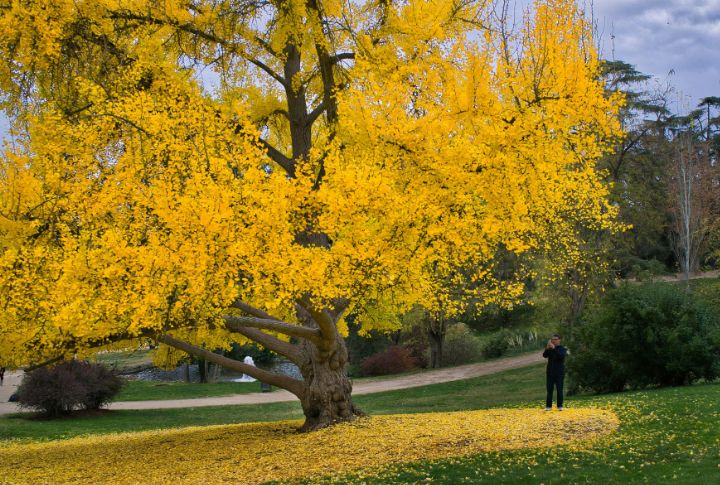
Trees have a survival instinct that borders on miraculous. In salt, sand, or solid rock, certain species keep pushing out new shoots year after year, proving life adapts in ways we barely understand. Some even thrive where rain never falls or frost never melts. Interesting, right? Let’s discover what makes these trees unstoppable. Spoiler: their endurance might change how you see the natural world.
Silver Maple
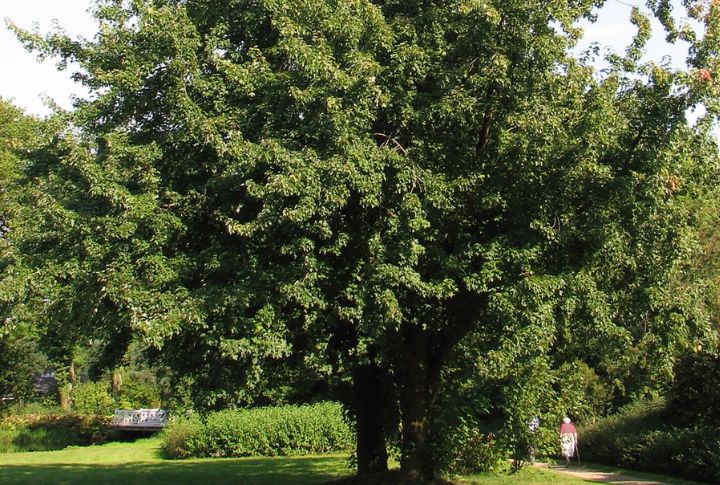
Few trees grow faster than the silver maple, which can shoot up 3–7 feet every year and reach 80 feet tall. It handles soggy or poor soil without complaint, and its silvery leaf undersides shimmer beautifully in the breeze like moving sunlight.
Eastern Red Cedar
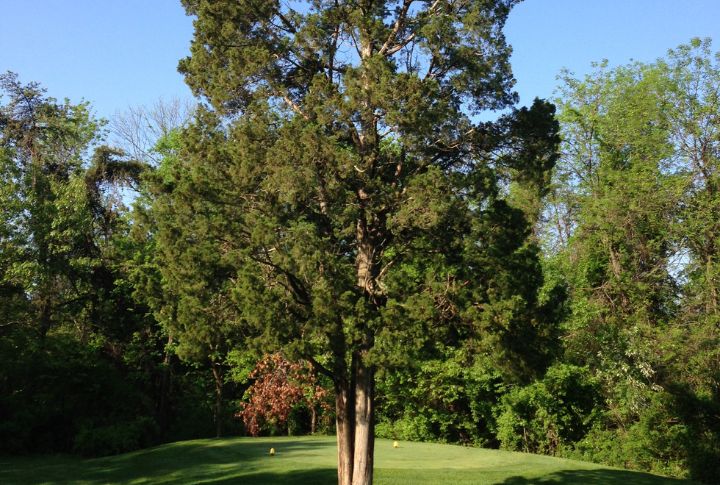
This hardy evergreen can live for more than 300 years and grow up to 50 feet tall. The bluish berries keep birds fed through winter, while its fragrant, rot-resistant wood is perfect for fence posts and outdoor furniture that lasts decades.
Ginkgo
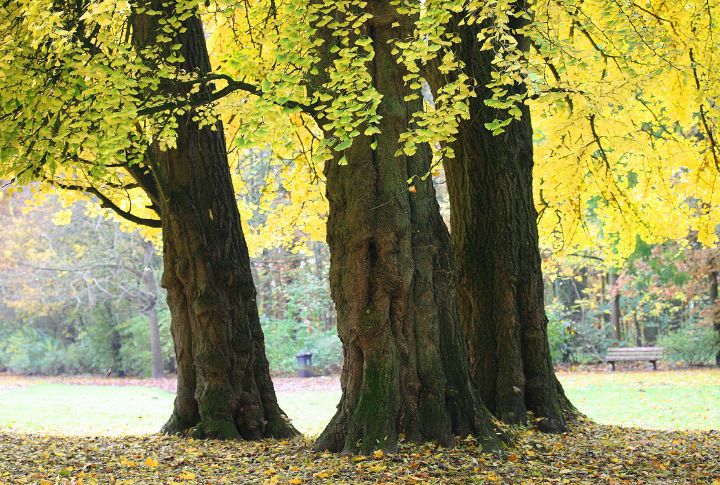
The ginkgo is a true survivor, unchanged for over 200 million years. It shrugs off pollution and poor soil, which makes it a favorite city tree. In autumn, those fan-shaped leaves turn brilliant gold to light up streets and parks with ancient beauty.
Honey Locust
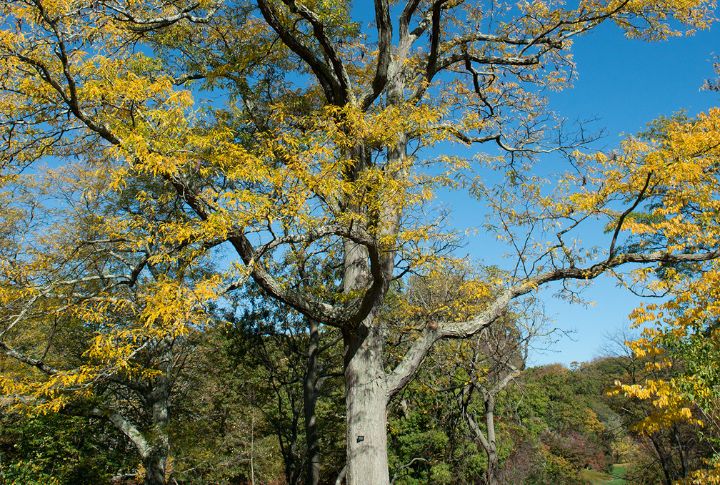
Once valued by Native Americans for its sweet pods, the honey locust is now a popular city tree. This tree grows fast, reaching 80 feet tall. Moreover, it thrives in tough conditions from salty roadsides to dry parks thanks to its remarkable adaptability and resilience.
Scots Pine
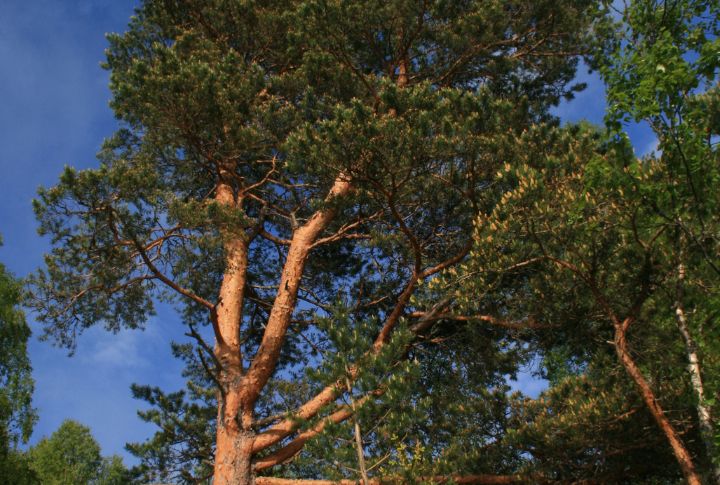
Britain’s only native pine has conquered sceneries far beyond its homeland. The Scots pine can soar to 100 feet and endure centuries of harsh weather. It grows across Europe and Asia and turns poor, sandy soils into forests that withstand time and climate.
Common Hackberry
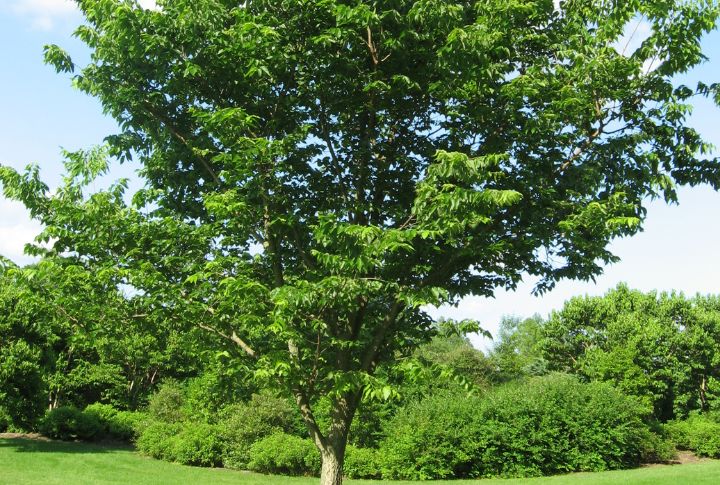
The hackberry’s bumpy bark looks odd, but this tree is tougher than it appears. Growing about 60 feet tall, hackberry tolerates drought and city life with ease. The small, sweet fruits also feed birds, so it’s both functional and full of character.
Chinese Pistache
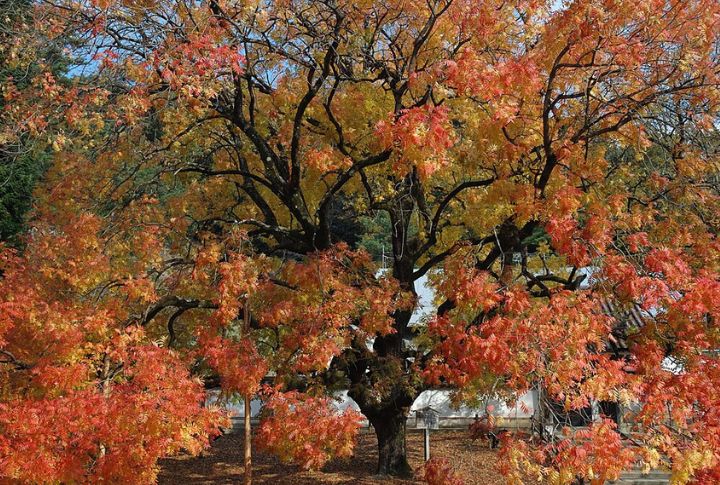
For most of the year, the Chinese pistache blends quietly into the background. Autumn changes everything. It erupts in vivid reds and oranges that become impossible to ignore. This 30–35-foot tree thrives in heat and drought. Perfect for tough urban spots that need reliable color without endless maintenance or fuss.
Crabapple
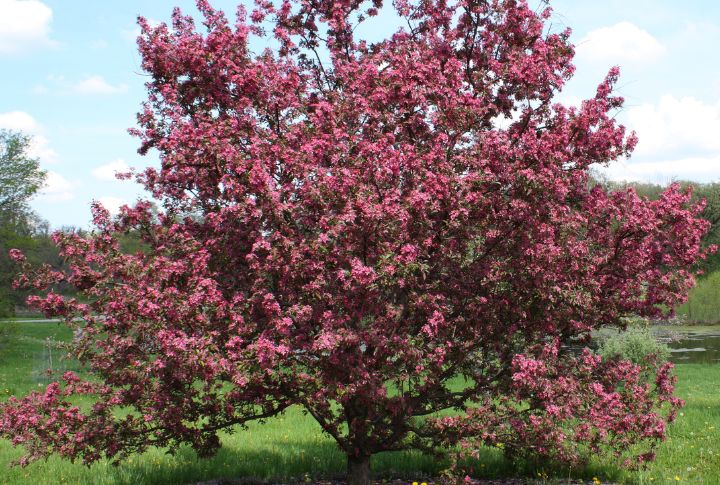
Small but mighty, crabapple trees reach 15–25 feet and thrive almost anywhere. They explode with pink or white blossoms in spring, filling gardens with color. Their tart fruits make tasty jellies and attract songbirds; no wonder good things come in compact packages.
Hawthorn
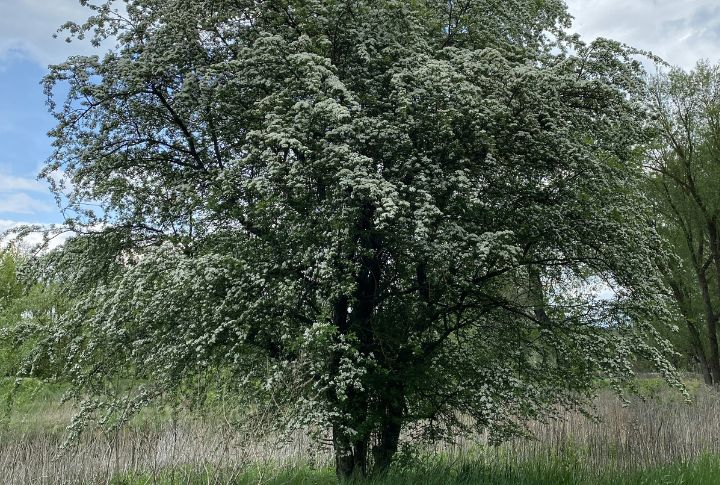
Hawthorns bloom in spring with clouds of white flowers that bees love. Later, red berries feed birds through the fall. These thorny branches create safe shelter for wildlife, while the 30-foot trees adapt easily to many soils and climates across regions.
Olive
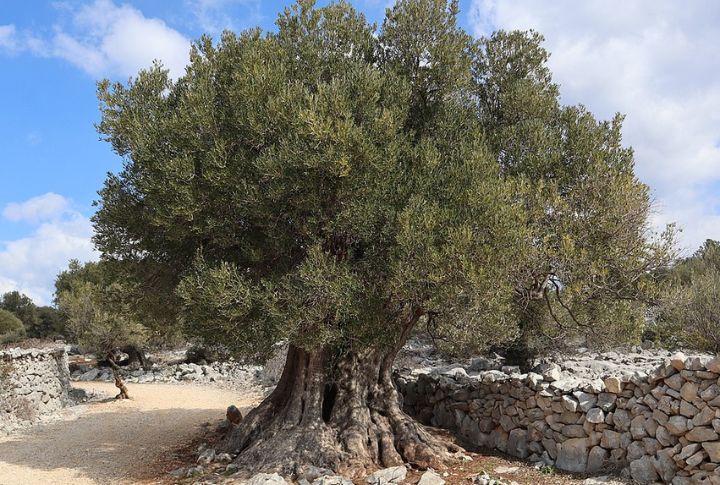
Among the oldest cultivated trees, the olive has shaped Mediterranean life for thousands of years. It thrives in rocky, dry soil where little else grows and produces fruit that’s turned into prized oil. It’s a symbol of endurance and cuisine that continues to define the region.
Italian Cypress
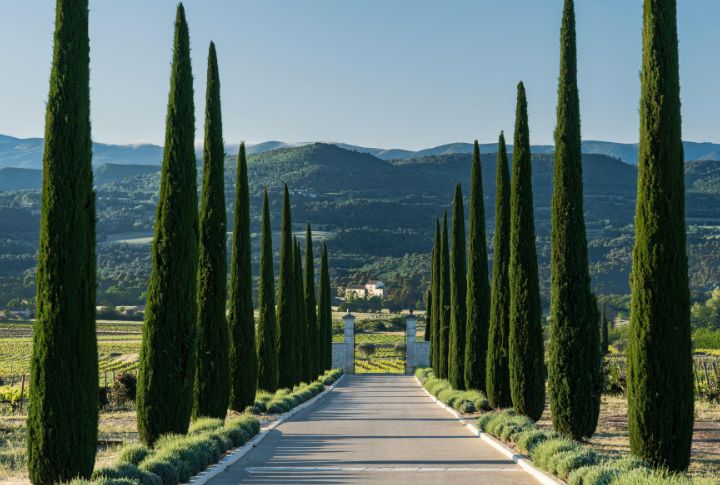
If you’ve seen those tall, narrow trees lining Mediterranean villas, that’s the Italian cypress. Growing 40–70 feet tall, this one loves rocky soil and full sun. Its striking column shape adds instant drama to scenes, thriving easily where fussier evergreens give up.
Sweetgum
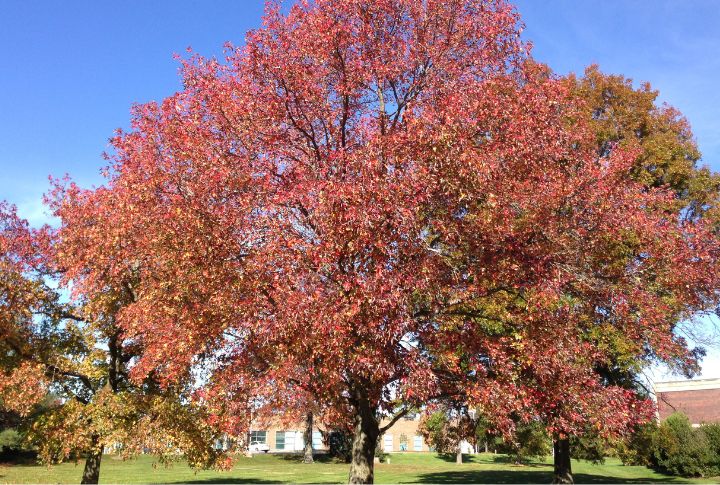
The sweetgum tree shows off in fall with brilliant red, orange, and purple leaves. It may grow up to 100 feet tall and produce spiky seed balls that hang through winter. The fragrant resin, storax, has also long been used in perfumes and medicine.
Silver Birch
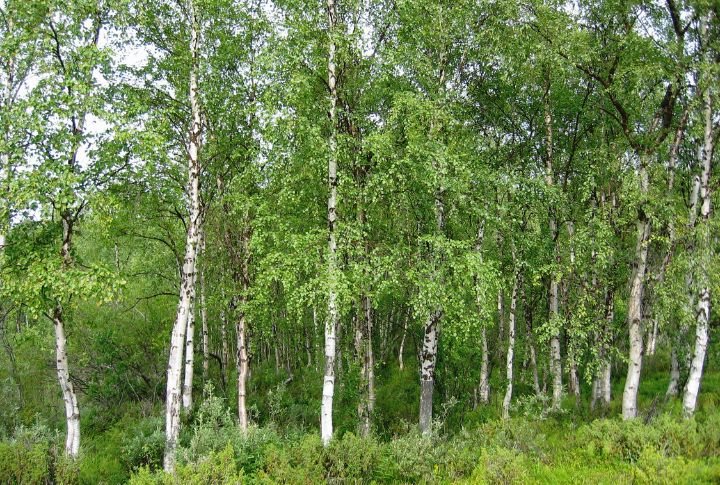
Though that silver birch may look delicate, it’s a tough tree that grows in poor, sandy soil. Reaching 30–60 feet, it’s known for its peeling white bark and fluttering leaves. Across Europe and Asia, countless insects and birds depend on its shelter.
Common Linden / Basswood
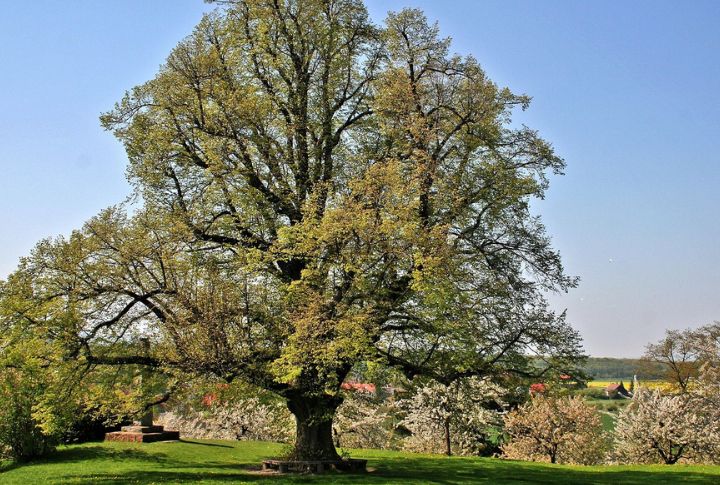
The common linden, also called basswood, is an urban favorite that reaches 70 feet and can handle polluted air. Its fragrant summer blooms attract bees and fill city streets with a sweet scent. It’s a reliable shade tree that brings nature’s calm into busy spaces.
Japanese Zelkova
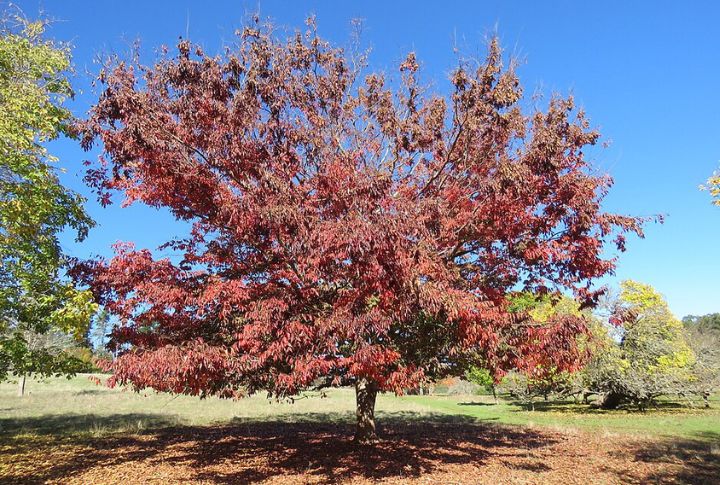
The Japanese Zelkova is a resilient, elegant tree that flourishes even in polluted environments. Known for its disease resistance, vase-like canopy, and striking orange-gray bark, it reaches up to 80 feet and adds refined beauty to urban landscapes, streetscapes, and public parks.
Redbud
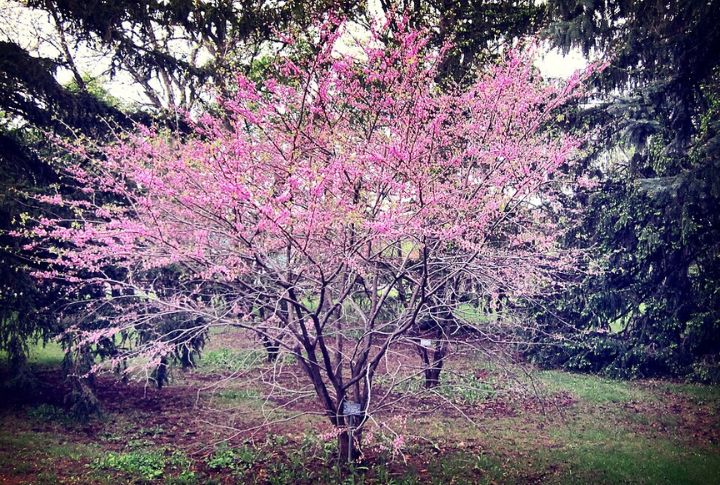
Spring brings a spectacular display when the Eastern redbud covers itself in pink and magenta flowers before any leaves show up. Heart-shaped foliage follows later. At 20–30 feet tall, it transforms neighborhoods into something magical. Bonus: those blossoms are edible and make salads incredibly colorful.
Eucalyptus
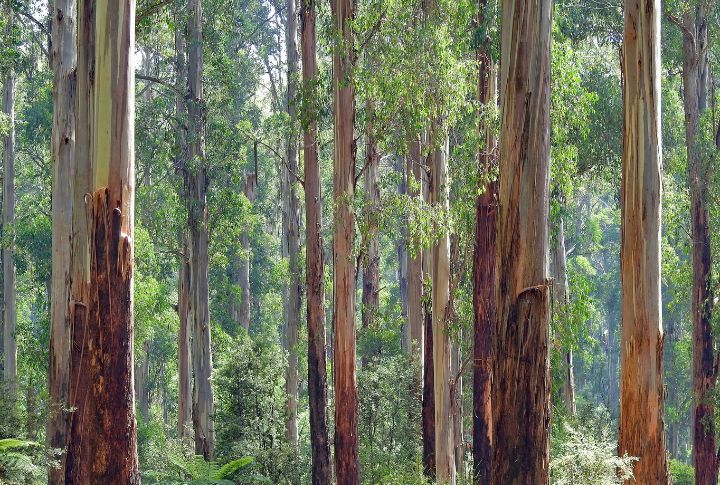
Known as the river red gum, the eucalyptus tree towers up to 100 feet and grows fast in poor soil. Native to Australia, it’s now planted worldwide to help fight erosion and restore land, all while releasing a distinct, refreshing scent.
Amur Maple
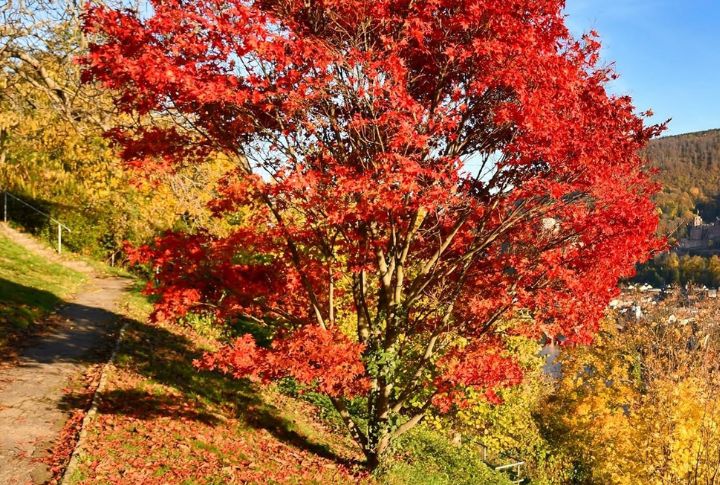
Compact at 15–20 feet, the Amur maple thrives where other trees struggle—poor soil, drought, and urban pollution don’t faze it. Come fall, fiery red leaves appear and steal the show. Small landscapes benefit from its combination of toughness and seasonal beauty that never disappoints.
Elm
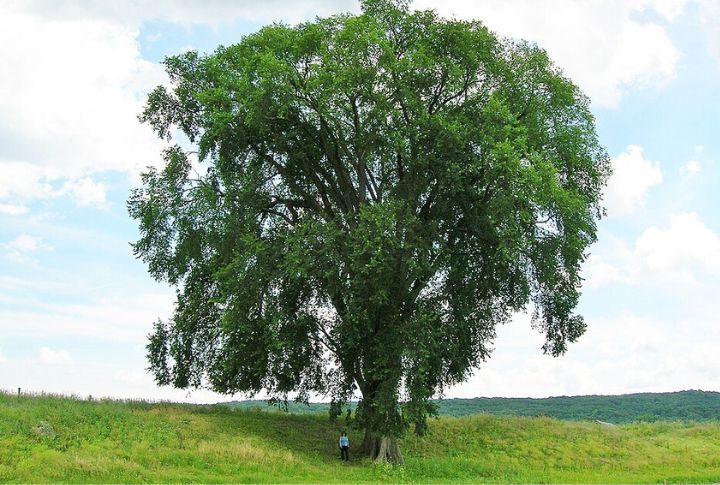
Once the classic American street tree, the elm lined neighborhoods with its graceful, arching canopy. Although Dutch elm disease nearly wiped it out, new resistant hybrids like ‘Princeton’ and ‘Valley Forge’ bring back its beauty—tall, adaptable, and perfectly suited for city life again.
Mulberry
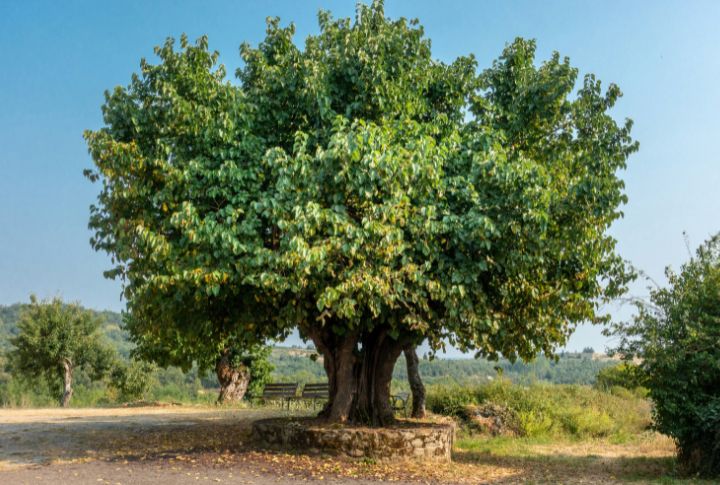
The white mulberry stands tall (up to 70 feet) even in drought and depleted soil. Its juicy berries delight birds and people alike, while its leaves sustain silkworms that secure the tree’s place in centuries of silk-making tradition and trade.

